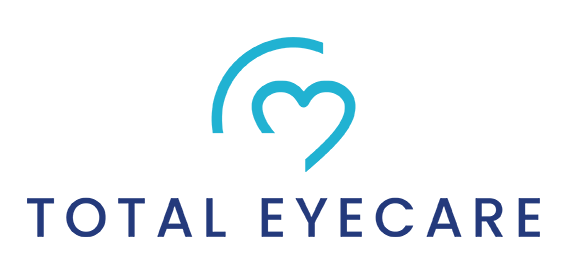
06 Sep Recognizing Childhood Vision Problems
Children with vision problems might find it difficult to focus on their studies or relevant activities.
Experts believe that undiagnosed vision problems among children can make it difficult for them to learn new things. So how can parents know about their children’s vision problems, and what can they do about it? This article will cover these things to help you better understand childhood vision problems.
Why Do Vision Issues Among Children Remain Undiagnosed?
According to the CDC, more than 6.5% of children below the age of 18 in the US face issues with their vision. Yet, most cases of vision problems among young children remain undiagnosed. The primary reason is that the children don’t know whether or not they have an issue with their vision.
It is difficult for them to describe the difference between normal and blurry vision. As a result, they might find it difficult to perform educational and co-curricular activities. They might not be able to express these issues with adults.
The adults might end up scolding them for their accomplishments rather than assessing the underlying problem. It can also lead to other issues as the child might believe that they are simply not good at learning or that the school isn’t a learning place where they can learn. In reality, they are not able to focus on these activities because of the issues with their vision, which can be fixed.
What Signs do Parents Need to Look Out For?
Since children might not be able to express the trouble they have with their vision, parents need to focus on some symptoms to recognize the issues with their children’s eyesight. Some common symptoms include constant blinking or having difficulty recognizing items at a distance. Other symptoms that parents need to look out for include:
- Inconvenience recalling words they recently read
- Continuous squinting or eye scrubbing
- Constant complaints of headaches
- An inclination to hold books or other reading materials extremely close
- Abstaining from reading or learning activities
- A tendency to shift their head to one side
- A limited capacity to focus, especially for close work
- A habit of covering one eye
Issues Eye Sight That a School Nurse Might Miss
In some cases, children might not go through comprehensive eye exams to diagnose vision issues. Parents might believe the school nurse and the Snellen chart to uncover any issues. However, that chart only identifies nearsightedness and misses other issues like:
- Astigmatism: It is a common problem that is due to a refractive error leading to distorted or blurry vision.
- Amblyopia: It is also known as “Lazy Eye” and refers to vision problems due to astigmatism.
- Strabismus: It is a disorder in which the eyes don’t line up with each other.
Get a Comprehensive Eye Exam
If you are child is having issues with their vision, then you should get a comprehensive eye exam. This way, they can diagnose and treat vision issues that your child is facing. Total Eye Care offers you a complete eye examination to keep your child’s eyes healthy.
Diagnose the issues with your child’s vision as soon as possible – book an appointment today.

